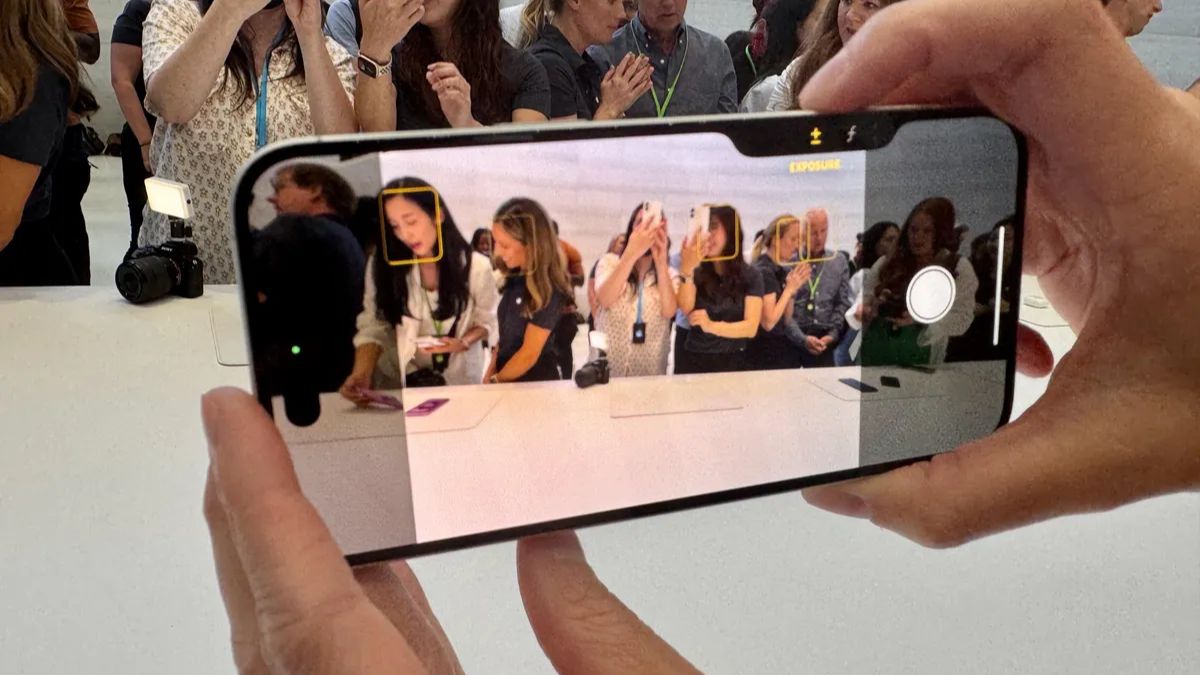 Image Credits-CNET
Image Credits-CNET
Advertisement
Apple has officially opened preorders for its iPhone 16 lineup, marking the start of what is shaping up to be a highly anticipated, yet curious, upgrade season. While the iPhone 16 boasts cutting-edge features and is marketed as “built for Apple Intelligence,” the much-touted AI capabilities won’t be fully functional by the time the phones hit shelves on September 20.
At the core of this year’s release is a notable design shift—the replacement of physical buttons with solid-state, pressure-sensitive “taptic” buttons. This change is seen as a bold bet by Apple, aimed at further enhancing durability and creating a more seamless user experience. These solid-state buttons mimic the feeling of a physical press but are powered by software, raising the stakes for precision and reliability.
However, what’s drawing even more attention is the delayed rollout of Apple’s AI-powered features, which are expected to be pivotal to the iPhone 16 experience. While Apple has not provided specific timelines, these features are said to include enhanced on-device machine learning capabilities, smarter Siri responses, and advanced photography tools that leverage AI for improved image recognition and editing. Consumers, however, will have to wait for a software update after launch to access these AI-driven functions.
The delay has sparked a mixed reaction among Apple fans. Some remain excited about the iPhone 16’s hardware upgrades, including an improved camera system and better battery life, while others are questioning the timing of the AI features, which Apple has heavily promoted in its marketing.
Despite these concerns, analysts predict strong demand for the iPhone 16, with preorders expected to surge, especially among early adopters. The absence of AI at launch doesn’t seem to be dampening enthusiasm, but all eyes will be on Apple’s ability to deliver on its promises in future updates.
